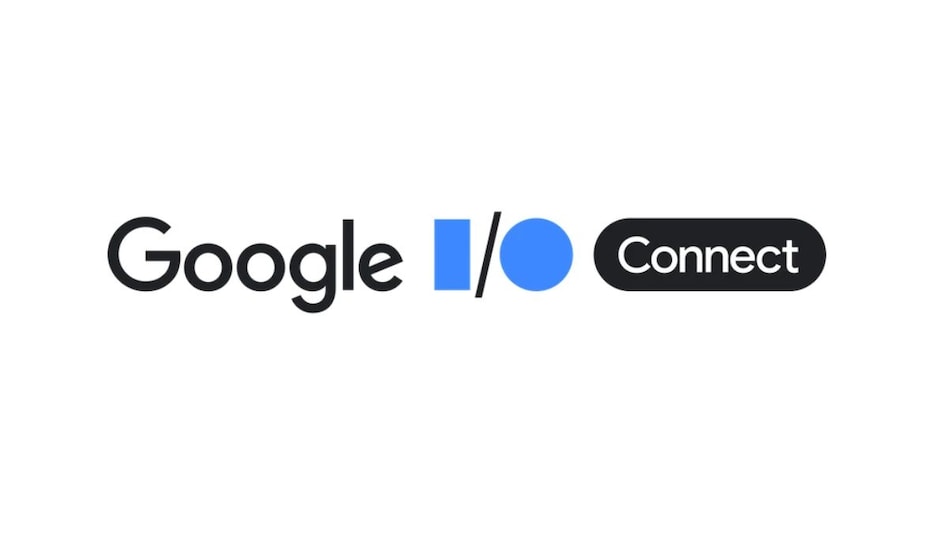 The first Google I/O Connect India was conducted in Bengaluru
The first Google I/O Connect India was conducted in Bengaluru
 The first Google I/O Connect India was conducted in Bengaluru
The first Google I/O Connect India was conducted in BengaluruGoogle conducted its first I/O Connect event in Bengaluru where the search giant introduced several tools and technologies to help Indian developers build scalable solutions. Here's a look at all the important announcements made during Google I/O Connect India:
Generative AI Apps
To enable generative AI applications, Google launched the PaLM API and MakerSuite. PaLM API provides access to the large language model, which powers Bard. It will allow developers to create and prototype prompts directly in the browser. Firebase Extensions also offers access to PaLM API, enabling developers to incorporate chat interfaces, text summarization, and more.
Google Cloud
Google Cloud's Vertex AI now supports generative AI, providing developers with the tools to build custom enterprise-ready applications. This includes access to the text model powered by PaLM 2, Embeddings API for text, foundation models in Model Garden, and user-friendly tools in Generative AI Studio for model tuning and deployment. Three new models were introduced in Vertex AI: Codey for code completion and generation, Chirp for universal speech recognition, and Imagen for image generation editing and customization from text inputs.
ONDC Accelerator Program
Google is launching an accelerator program for ONDC (Open Network for Digital Commerce) to support the growth of India's digital sellers. They are open-sourcing an implementation of ONDC infrastructure and core APIs to facilitate scalability and security. Businesses on the network will have access to Retail AI technology for enhanced search experiences and the PaLM API to improve catalog quality and descriptions using generative AI. A startup credits program is also introduced, allowing organizations enabling ONDC to apply for a USD $25,000 grant.
Project Vaani
Google is opening access to research models and datasets for developers to build solutions. Project Vaani, in collaboration with the Indian Institute of Science, has collected anonymized speech data across 773 districts and is open-sourcing over 4,000 hours of speech data across 38 languages. Open Buildings datasets based on satellite imagery, which identifies over 200 million buildings in India, are also open-sourced. Additionally, a state-of-the-art AI and machine learning model for identifying medicines within handwritten prescriptions is being developed.
Google is providing metadata and markup on AI-generated images to offer users context when encountered outside of Google platforms. The SeeGull Database, an open-sourced global stereotype benchmark, has been developed to evaluate and mitigate biases in Natural Language Processing, including stereotypes within India.
Address Descriptors
Address Descriptors is an experimental feature that has been launched in 25 Indian cities through the Reverse GeoCoding API. This feature assists developers in helping customers find addresses easily by automatically providing the most relevant landmarks and area names based on proximity, prominence, and visibility.
Google is also introducing features to optimize for a multi-device world. The Watch Face Format feature, developed in partnership with Samsung, allows developers to create watch faces using a declarative XML format. New APIs for Tiles on Wear OS enable rich animations, and Compose for TV facilitates the seamless development of native TV apps.
For Unparalleled coverage of India's Businesses and Economy – Subscribe to Business Today Magazine